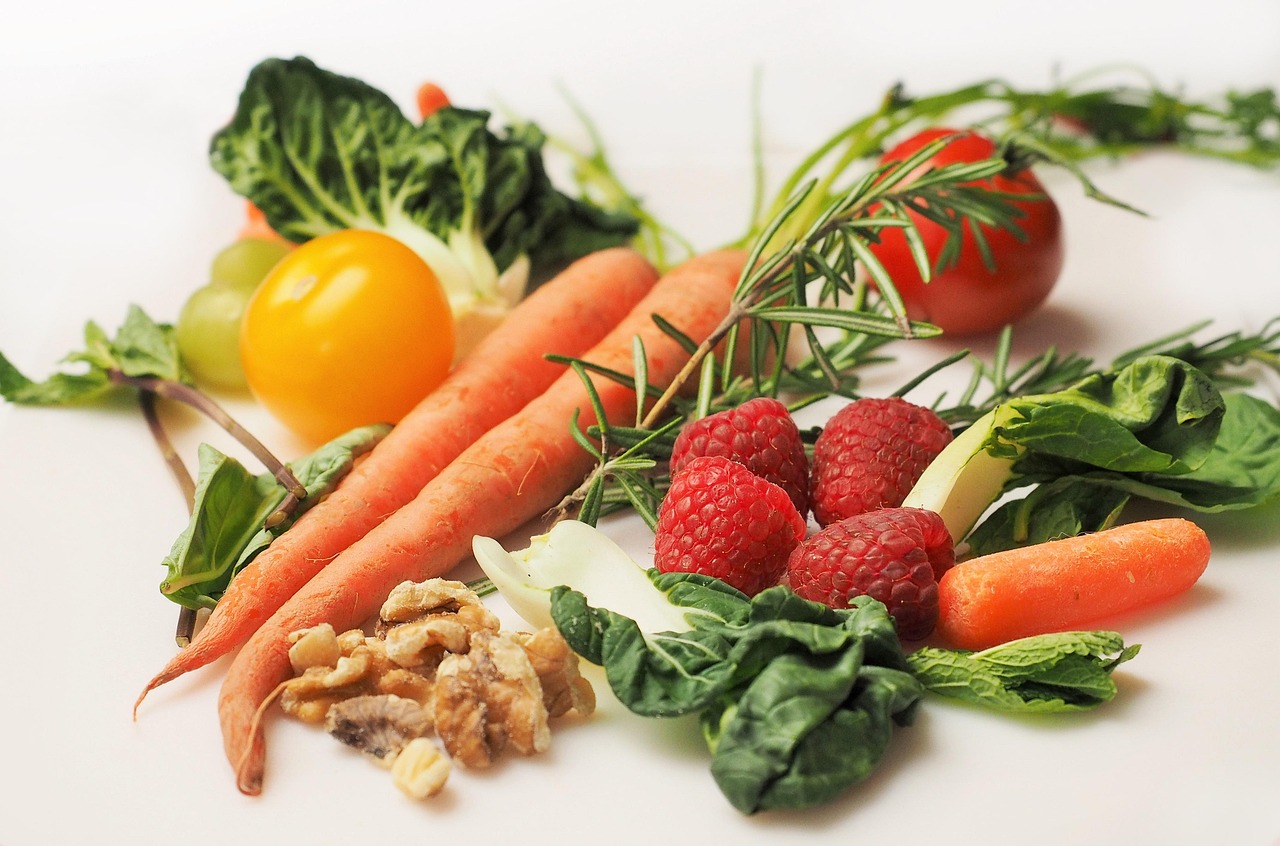Do you often feel fatigued, dizzy, or short of breath? You might be one of the 1.62 billion people worldwide affected by anemia, a condition caused by low iron levels or poor red blood cell function. The good news? A well-planned diet can help restore your energy and vitality.
This 7-day anemia diet plan is packed with iron-rich foods, vitamin C for better absorption, and expert-backed strategies to combat deficiency. Let’s dive in!
Understanding Anemia: Causes & Symptoms
Anemia occurs when your body lacks enough healthy red blood cells to carry oxygen efficiently. The most common type is iron-deficiency anemia, but deficiencies in vitamin B12 or folate can also contribute.
Common Symptoms:
-
Fatigue and weakness
-
Pale skin and brittle nails
-
Shortness of breath
-
Dizziness or lightheadedness
-
Cold hands and feet
Who’s at Risk?
-
Women (due to menstruation and pregnancy)
-
Vegetarians/vegans (low heme iron intake)
-
Chronic illness sufferers (e.g., kidney disease)
-
Frequent blood donors
How Diet Can Help Fight Anemia
Iron comes in two forms:
-
Heme iron (from animal sources) – Better absorbed (15–35%).
-
Non-heme iron (from plant sources) – Less absorbed (2–20%), but vitamin C enhances uptake.
Key Nutrients for Anemia:
✔ Iron – Builds hemoglobin (red meat, spinach, lentils).
✔ Vitamin C – Boosts iron absorption (citrus fruits, bell peppers).
✔ Folate – Supports red blood cell production (leafy greens, beans).
✔ Vitamin B12 – Critical for nerve and blood health (eggs, dairy, fortified foods).
Avoid: Calcium-rich foods (dairy), coffee, and tea with meals—they inhibit iron absorption.
7-Day Anemia Diet Plan (Practical & Delicious!)
Day 1: Iron-Packed Breakfast
-
Meal: Spinach omelet (eggs + sautéed spinach) + orange juice.
-
Snack: Handful of pumpkin seeds + kiwi.
-
Lunch: Lentil soup with tomatoes + quinoa salad.
-
Dinner: Grilled chicken with roasted sweet potatoes & broccoli.
Why It Works: Eggs and chicken provide heme iron, while vitamin C from OJ and kiwi enhances absorption.
Day 2: Plant-Based Power
-
Meal: Oatmeal topped with almonds & strawberries.
-
Snack: Hummus with bell pepper strips.
-
Lunch: Chickpea & kale salad with lemon dressing.
-
Dinner: Tofu stir-fry with bok choy & brown rice.
Pro Tip: Pair non-heme iron (tofu, chickpeas) with vitamin C (lemon, bell peppers) for better uptake.
Day 3: Red Meat Boost
-
Meal: Lean beef patty with avocado on whole-grain toast.
-
Snack: Dried apricots + walnuts.
-
Lunch: Beef & beetroot salad with apple slices.
-
Dinner: Baked salmon with mashed peas & carrots.
Bonus: Beets are rich in folate, supporting blood health.
*(Continue for Days 4–7 with similar iron-rich rotations, mixing heme/non-heme sources.)*
Expert-Backed Tips for Maximum Results
-
Cook in Cast Iron: Increases iron content in food.
-
Space Out Calcium & Iron: Avoid dairy around iron-rich meals.
-
Try Blackstrap Molasses: 1 tbsp = 20% daily iron needs (add to smoothies).
-
Monitor Progress: Get blood tests every 3 months if chronically deficient.
Real-Life Success Story
*Maria, 34, struggled with fatigue for years. After adopting an anemia-focused diet (similar to this plan), her iron levels improved in just 8 weeks. “Meal prep and vitamin C made all the difference,” she says.*
Conclusion: Take Charge of Your Iron Levels
Anemia doesn’t have to leave you drained. With this 7-day plan, smart food combos, and consistency, you can replenish iron stores naturally. Remember:
✅ Prioritize heme iron + vitamin C for best absorption.
✅ Limit iron blockers like coffee during meals.
✅ Get tested regularly to track progress.
Ready to feel energized again? Start your anemia-fighting diet today!










